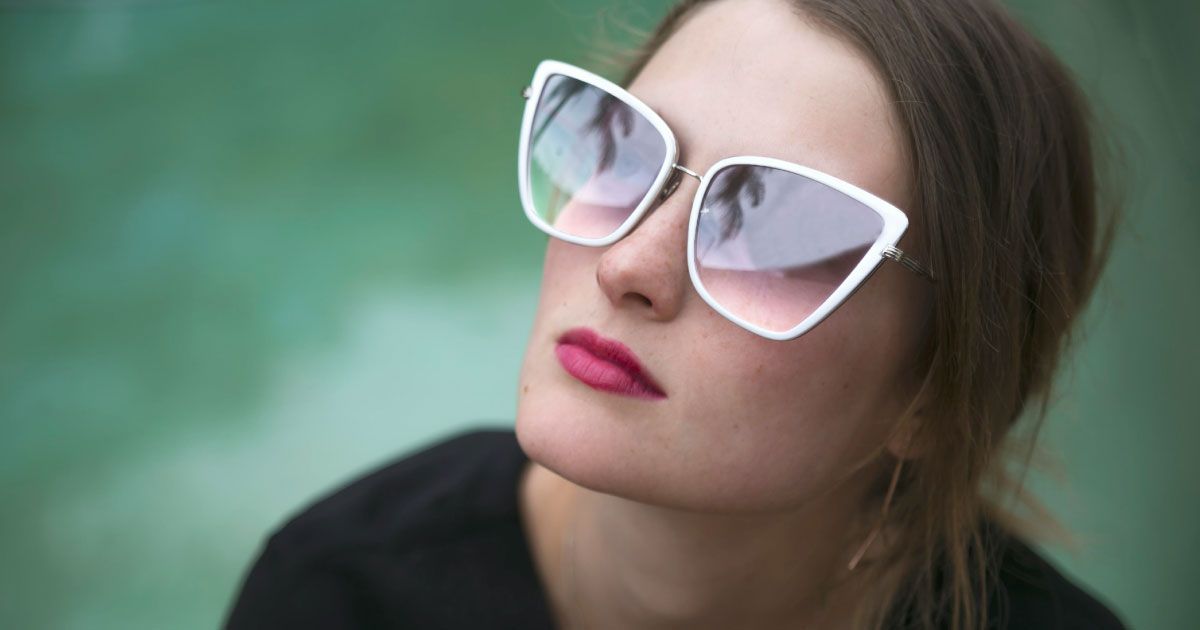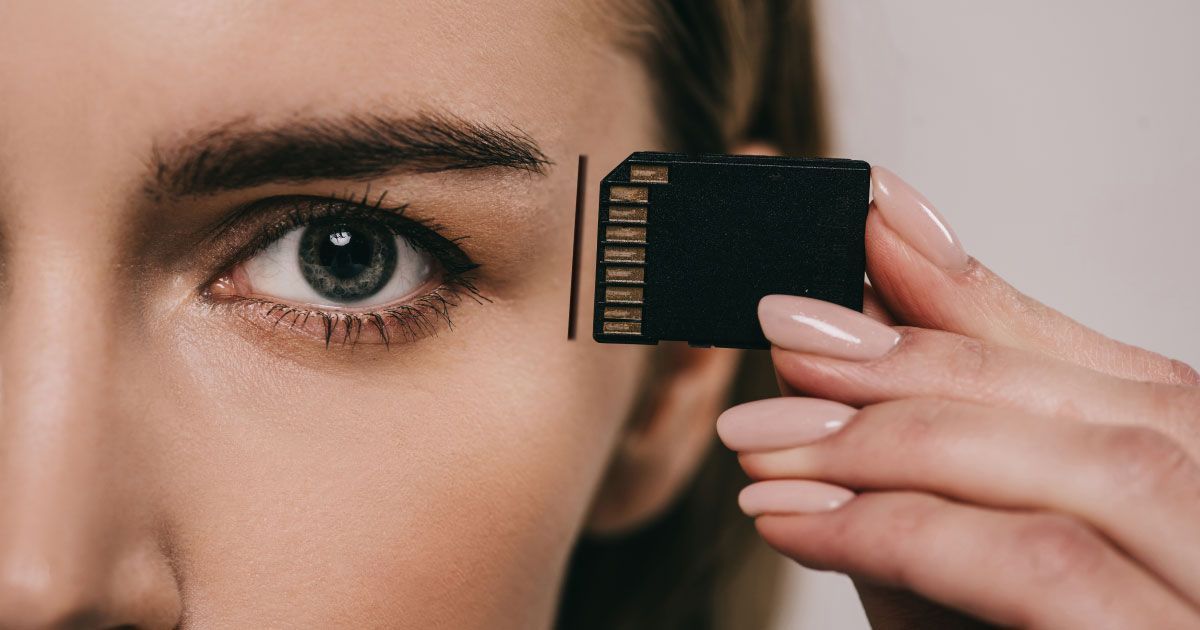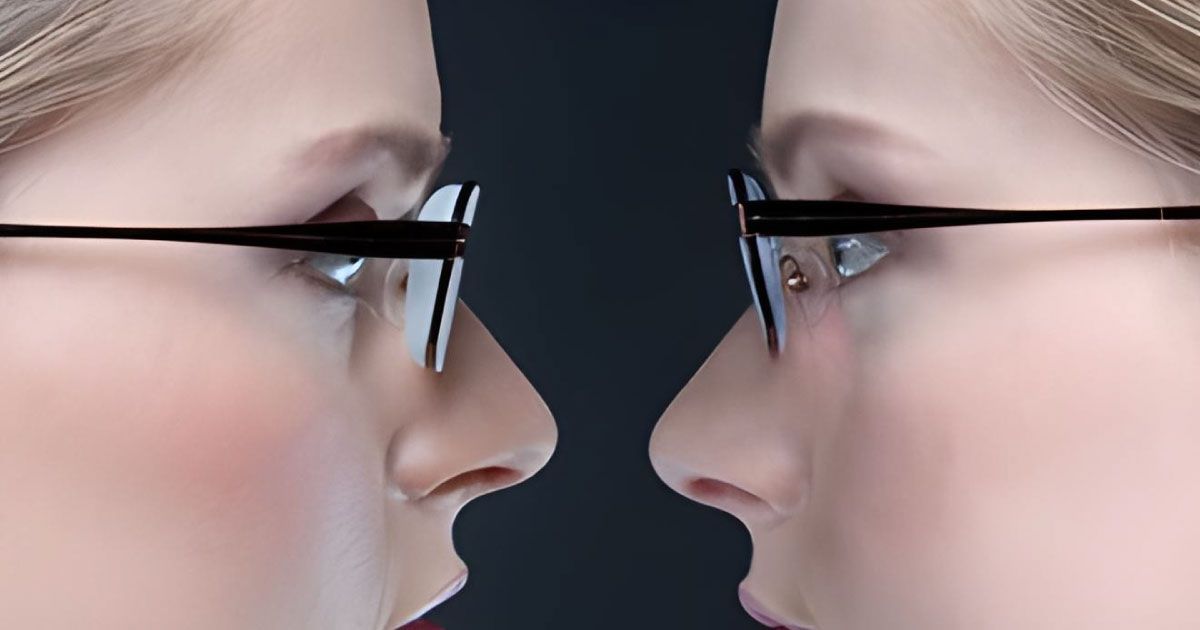Fashion Beyond Boundries: Shattering Gender Stereotypes in Eyewear

Read time: 6 minutes
In the dynamic realm of fashion, the boundaries between traditional gender norms are continuously being challenged and redefined. One significant domain where this evolution is notably unfolding is in eyewear. Gone are the days when glasses were strictly categorized as either masculine or feminine accessories; today, the fashion landscape embraces gender-neutral eyewear, breaking free from outdated gender stereotypes.
Understanding Gender Norms
Gender norms refer to societal expectations and standards that dictate how individuals, based on their perceived gender, should behave, express themselves, and fulfill certain roles within a given culture. These norms encompass a wide range of aspects, including clothing, appearance, behavior, and occupational choices. They often reflect deeply ingrained cultural and historical beliefs about masculinity and femininity, shaping the way individuals are expected to conform to specific roles and behaviors.
Gender norms can vary across different societies and evolve, but they frequently contribute to the establishment of gender stereotypes and can limit individuals' freedom to express their identity authentically. Challenging and redefining gender norms is a crucial aspect of promoting gender equality and fostering a more inclusive and diverse society.
The Evolution of Gendered Eyewear
Traditionally, eyewear was deeply entrenched in these gender-specific norms. The traditional approach to eyewear design and development was divided into two genders - male and female - whose characteristics included:
Men's Eyewear
- Sturdy and bold frames
- Exuded a sense of strength and authority
- Reflected a timeless and masculine aesthetic
- Popular styles: aviators, wayfarers, and rectangular frames
Women's Eyewear
- Delicate and ornate designs
- Emphasized elegance and sophistication
- Conveyed a feminine essence
- Popular styles: cat-eye, round, and oval with embellished details and lighter materials
This clear demarcation, while reflective of historical norms, began to feel increasingly outdated as societal perceptions of gender underwent significant shifts. As gender identity became recognized as a spectrum rather than a binary, the fashion industry responded by dismantling these rigid boundaries, starting with eyewear.
The Rise of Gender-Neutral Eyewear
The move towards gender-neutral eyewear marks a pivotal moment in fashion history. Designers began to embrace the idea that style knows no gender, and eyewear, as an essential accessory, should be inclusive rather than exclusive. This shift was not just about merging traditional masculine and feminine styles but also about creating a space where individuals could express their unique personalities without adhering to societal expectations.
One notable trend in gender-neutral eyewear is the resurgence of classic shapes with a modern twist. Wayfarers, aviators, and round frames, once confined to specific genders, are now embraced universally. The emphasis is on versatility, with frames designed to complement a diverse range of face shapes and styles. This departure from gender-centric designs encourages wearers to choose frames based on their preferences, face shape or size, lifestyle, or personal style rather than conforming to prescribed norms.
Breaking the Mold
Eyewear designers have played a pivotal role in dismantling gender stereotypes. The avant-garde approach involves reimagining traditional designs, incorporating innovative materials, and experimenting with colors and textures. The goal is to create eyewear that transcends gender, fostering a sense of inclusivity and self-expression.
One striking example of this paradigm shift is the reinterpretation of the cat-eye frame. Historically associated with femininity, designers have infused this classic style with a contemporary edge, making it a popular choice for individuals across the gender spectrum. Similarly, angular frames, once deemed masculine, are now celebrated as a unisex style statement, challenging preconceived notions.
The Rise of Gender-Neutral Collections
Recognizing the demand for more inclusive options, eyewear brands have started to introduce gender-neutral collections. These collections prioritize design elements that appeal to a broad audience, focusing on style, comfort, and functionality. By doing away with gender-specific marketing and labeling, these brands aim to create a shopping experience that is free from constraints and expectations.
Some forward-thinking designers have taken it a step further by collaborating with gender-fluid celebrities and influencers to promote their eyewear lines. This not only reflects a commitment to diversity and inclusivity but also showcases the versatility of their designs.
A Focus on Individual Style
One of the most significant shifts in the eyewear industry is the increasing emphasis on individual style over prescribed gender norms. Designers are recognizing that consumers are drawn to frames that resonate with their personality and aesthetic preferences rather than conforming to societal expectations.
Frames with unique patterns, bold colors, and unconventional shapes are gaining popularity across all genders. Eyewear has become a means of self-expression, allowing individuals to showcase their creativity and personality without adhering to restrictive norms.
An Inclusive Shopping Experience
The move towards gender-neutral eyewear extends beyond product design and is seen in the retail optical space, revolutionizing the presentation and experience of eyewear. Traditionally, optical stores organized their inventory along binary lines, creating separate men's and women's sections. Forward-thinking optical retailers have shifted away from these gender categories, and instead, the emphasis is placed on catering to individual preferences. Eyewear collections are grouped by brand, allowing consumers to explore a designer's unique vision without being constrained by traditional gender associations.
By moving away from rigid gender-based classifications, retailers acknowledge the diversity of their customer base, striving to create an environment where everyone feels welcome. Customers are now free to explore eyewear collections based on personal taste, whether drawn to vibrant hues, avant-garde designs, or specific materials. This departure from the norm not only aligns with the broader societal shift towards inclusivity but also resonates with consumers seeking a more personalized and flexible approach to shopping for eyewear.
Challenges and Future Prospects
While the shift towards gender-neutral eyewear is a positive development, challenges remain. Some traditionalists may resist the change, and deeply ingrained gender norms can still influence consumer choices. Moreover, the industry needs to ensure that the move towards inclusivity is not merely a trend but a sustained commitment to diversity.
Looking ahead, the future of gender-neutral eyewear seems promising. As societal attitudes continue to evolve, it is likely that more brands will adopt gender-neutral approaches, fostering a fashion landscape where individual expression takes precedence over arbitrary gender distinctions.
The Takeaway
Gender-neutral eyewear represents a significant stride towards a more inclusive and diverse fashion landscape. The breaking down of gender stereotypes in the eyewear industry not only reflects changing societal attitudes but also empowers individuals to embrace their unique identities. As designers continue to prioritize style over gender norms, the future of eyewear looks bright, promising a world where everyone can adorn frames that resonate with their personal style and expression. It's a journey towards a more egalitarian and open-minded fashion era—one pair of glasses at a time.
Shop our virtual store today to see our carefully curated selection of gender-free eyewear. You can filter the entire listing of in-stock eyewear by brand, color, shape, etc. so you find that perfect pair of glasses that helps you express you own personal style.
Share this blog post on social or with a friend:
The information provided in this article is intended for general knowledge and educational purposes only and should not be construed as medical advice. It is strongly recommended to consult with an eye care professional for personalized recommendations and guidance regarding your individual needs and eye health concerns.
All of Urban Optiks Optometry's blog posts and articles contain information carefully curated from openly sourced materials available in the public domain. We strive to ensure the accuracy and relevance of the information provided. For a comprehensive understanding of our practices and to read our full disclosure statement, please click here.


















